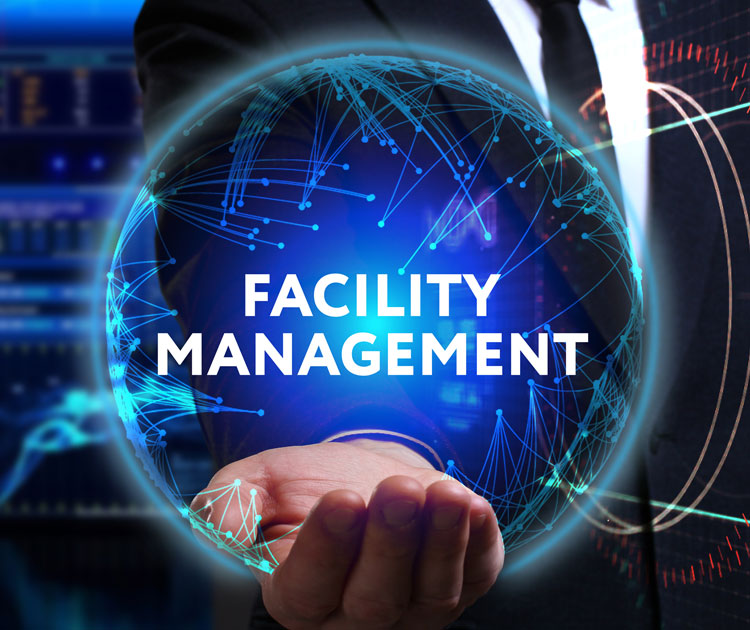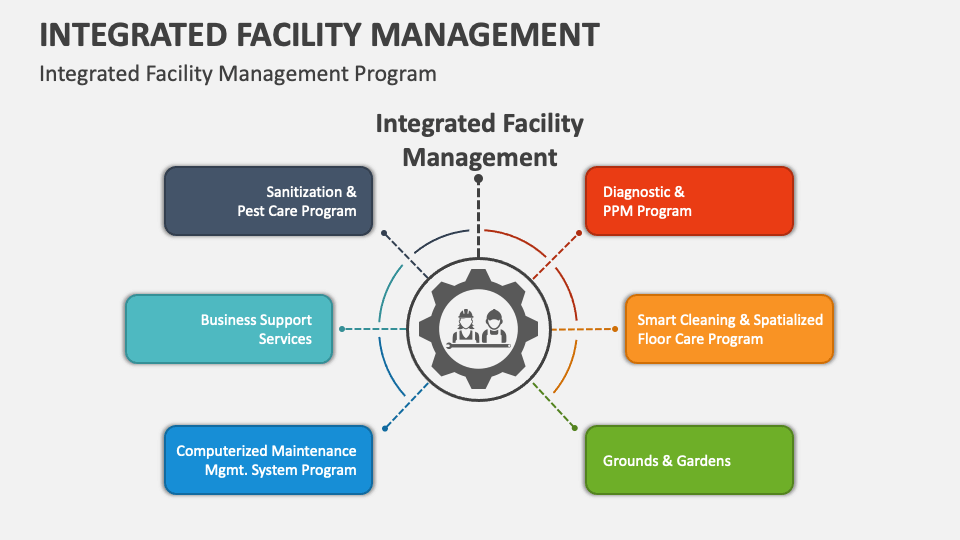Make The Most Of Performance and Security: Best Practices in Facility Monitoring
In today's swiftly advancing landscape, maximizing effectiveness and safety in facility monitoring has actually come to be an essential emphasis for organizations striving to boost functional efficiency. By incorporating clever modern technology, focusing on maintenance methods, and cultivating a society of security, facility managers can dramatically enhance both productivity and conformity.
Embrace Smart Innovation

Executing smart sensing units and automation systems enables specific tracking of ecological problems, tenancy levels, and tools efficiency. This data-driven approach not just informs decision-making yet additionally sustains predictive maintenance, lessening downtime and extending property life. Additionally, clever innovation boosts individual experience by producing flexible environments that react to the demands of residents.
Integrating smart systems likewise promotes sustainability efforts, such as energy-efficient lights and HVAC systems, adding to lowered carbon footprints. By welcoming these developments, center managers can ensure that their operations continue to be competitive, durable, and aligned with contemporary sustainability objectives. Eventually, the change towards wise modern technology represents a transformative action in redefining center administration for an extra reliable and lasting future.
Prioritize Normal Maintenance
Normal upkeep is crucial for ensuring the durability and effectiveness of facility procedures. A well-structured upkeep program not only extends the life of tools and infrastructure yet additionally lowers the likelihood of unanticipated failures that can interfere with operations. By focusing on routine upkeep, facility supervisors can identify prospective concerns early, permitting prompt interventions that lessen pricey repair services and downtime.
Establishing a regular maintenance schedule is essential. This ought to include normal inspections, servicing, and necessary repair services for all equipment, cooling and heating systems, pipes, and electric systems. Making use of a computerized upkeep monitoring system (CMMS) can streamline this procedure, giving monitoring and alerts for upcoming maintenance jobs.
Moreover, promoting a culture of responsibility among personnel boosts the effectiveness of maintenance efforts. Educating personnel to acknowledge and report upkeep issues can cause aggressive monitoring instead of reactive reactions. Additionally, documenting upkeep activities guarantees compliance with security regulations and gives valuable insights for future planning.
Implement Security Training Programs
A comprehensive security training program is important for promoting a protected workplace in any facility. Facility Management. Such programs furnish workers with the knowledge and skills essential to recognize threats, apply safety and security protocols, and react efficiently in emergency situations. By prioritizing safety and security training, companies can considerably minimize the risk of injuries and crashes, thereby improving overall productivity
To carry out an effective safety training program, it is critical to tailor the material to the particular needs of the center and its operations. This includes performing a complete danger assessment to determine possible risks one-of-a-kind to the work environment. Training ought to include a selection of subjects such as proper devices use, emergency emptying treatments, and first help techniques.
Additionally, it is vital to engage staff members proactively during training sessions. Making use of hands-on demonstrations and real-life situations can improve understanding and retention of safety and security practices. Regular refresher training courses ought to likewise be scheduled to keep security recognition at the center.
Optimize Space Use
Reliable area use is a vital component of facility management her explanation that straight influences functional effectiveness and cost-effectiveness. Organizations typically battle with underutilized or chock-full spaces, resulting in inefficiencies and increased expenses. To optimize space use, facility managers should conduct routine assessments to identify just how spaces are presently being used and where improvements can be made.
Applying adaptable workspace styles, such as open workplace formats or modular furnishings, can significantly enhance adaptability to changing requirements. Additionally, leveraging modern technology, such as area management software, can give useful insights into occupancy patterns and help recognize underused locations.

Establish Clear Interaction Channels
Optimizing area utilization commonly reveals the requirement for durable communication techniques within a facility. Clear interaction networks are vital for helping with effective partnership among team, maintenance teams, and management. By developing linked here these channels, facility managers can guarantee that details streams flawlessly pertaining to room usage, functional modifications, and security methods.
Applying a multi-faceted interaction approach-- integrating digital systems, such as emails and group partnership tools, with in person interactions-- can Visit Website substantially improve interaction and info circulation. Normal meetings ought to be arranged to talk about recurring projects, address issues, and share updates. Furthermore, developing a centralized information center, such as an intranet, permits staff members to accessibility essential files and statements conveniently.
Moreover, comments devices are vital to evaluate the effectiveness of interaction methods. Encouraging team to share their understandings can lead to improvements and promote a culture of visibility. Educating programs concentrated on communication abilities can additionally equip employees to share information plainly and successfully.
Eventually, establishing clear interaction channels not only maximizes performance however likewise enhances safety by guaranteeing that everybody is informed and lined up with the facility's operational objectives.

Verdict
Finally, the combination of smart modern technology, routine maintenance, thorough safety and security training, optimized space utilization, and effective interaction channels collectively boosts performance and safety in facility management. By leveraging IoT and AI for real-time tracking, companies can reduce operational costs while ensuring conformity with safety and security guidelines. A positive approach to maintenance and training cultivates a more secure workplace environment, ultimately bring about boosted efficiency and organizational success. These ideal practices offer as crucial elements for efficient facility monitoring.
In today's rapidly advancing landscape, optimizing performance and safety and security in facility management has actually come to be a critical focus for companies aiming to boost operational efficiency. By integrating clever innovation, focusing on upkeep procedures, and fostering a culture of safety and security, facility supervisors can significantly enhance both performance and conformity.To apply a reliable safety and security training program, it is crucial to tailor the web content to the specific requirements of the center and its procedures. By establishing these channels, center managers can guarantee that info moves seamlessly relating to room usage, operational adjustments, and security procedures.
In conclusion, the assimilation of clever innovation, regular maintenance, detailed safety and security training, maximized room application, and efficient interaction channels jointly enhances efficiency and safety in center management. - Facility Management